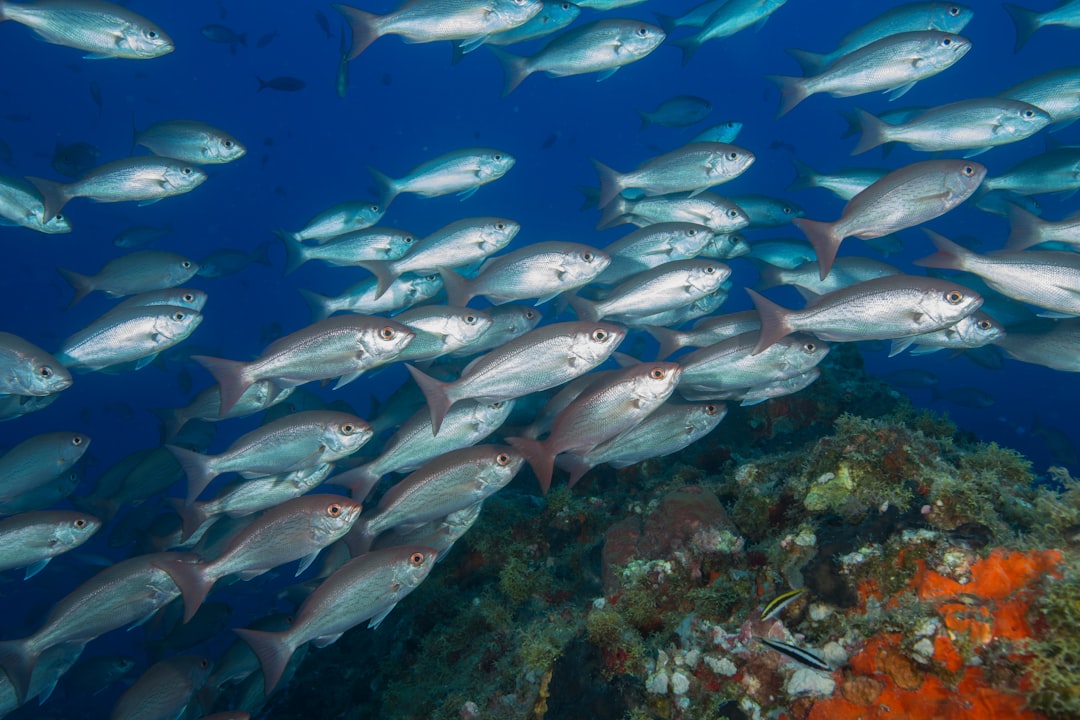What is it about?
Studies were carried out at a relatively high concentration of MCAA (0.1 mol L−1), and revealed that reaction temperature and light intensity of the EDLs depend inversely on the flow rate, but that the 366 nm line intensity of EDL is directly proportional to the reaction temperature. The photodegradation of MCAA was enhanced by heating and significantly enhanced by air bubbling of the reaction mixture in the glass reservoir at laboratory temperature. The photocatalytic efficiency increased with the number of titania-coated EDLs inserted in the glass tube reactor.
Featured Image
Why is it important?
A continuous-flow microwave photocatalytic reactor was set up consisting of a glass tube equipped with microwave powered mercury electrodeless discharge lamps (EDLs) coated with thin films of nanoporous titanium(IV) oxide. The effect of operational parameters on photocatalytic degradation of aqueous mono-chloroacetic acid (MCAA) by a TiO2/UV/MW process was investigated.
Perspectives
It was found that the operational parameters (i.e. flow rate, reaction temperature, number of titania-coated EDLs, and air bubbling) had important effects on degradation efficiency. The photocatalytic degradation of MCAA on thin films of titanium(IV) oxide in the continuous-flow microwave photoreactor can be enhanced in the TiO2/UV/MW system.
Dr Vladimír Církva
Institute of Chemical Process Fundamentals
Read the Original
This page is a summary of: Microwave photocatalysis II: novel continuous‐flow microwave photocatalytic experimental set‐up with titania‐coated mercury electrodeless discharge lamps, Journal of Chemical Technology & Biotechnology, March 2009, Wiley,
DOI: 10.1002/jctb.2143.
You can read the full text:
Contributors
The following have contributed to this page










